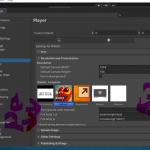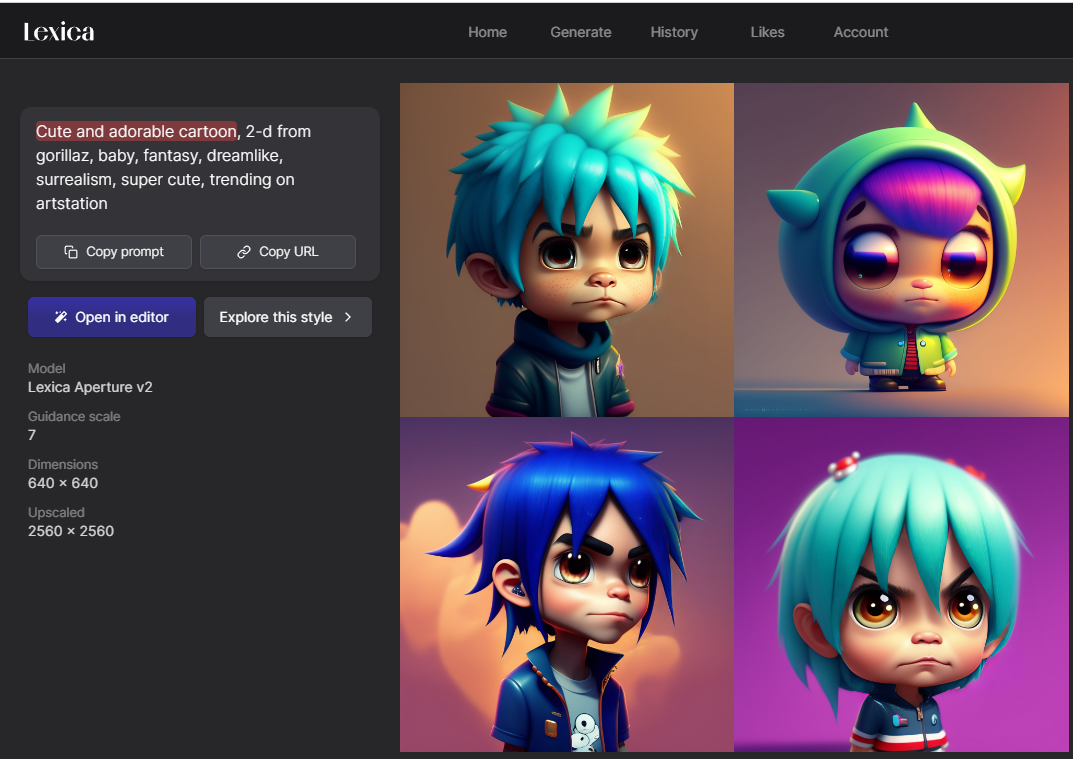The advantages of IoT-enabled gaming consoles over traditional gaming consoles include:
Enhanced Interactivity: IoT-enabled consoles offer increased interactivity by connecting with various smart devices, wearables, and household appliances, expanding gameplay options and creating more immersive experiences2
.
Personalization: IoT devices collect real-time data about player movements, preferences, and interactions, allowing for personalized gaming experiences tailored to individual users3
.
Advanced Security Measures: IoT in gaming introduces advanced security measures like end-to-end encryption to safeguard player data and transactions in online multiplayer games, ensuring confidentiality and addressing potential threats in real-time2
.
Real-Time Data Collection and Feedback: IoT devices provide real-time data on player interactions, enabling developers to gather insights into gameplay patterns and preferences, allowing for quick adjustments and improvements to enhance the gaming experience5
.
Multi-Device Connectivity: IoT facilitates seamless connectivity between various gaming devices, enabling players to transition between devices without losing progress, fostering a more flexible and accessible gaming environment5
.
Innovative Gameplay Scenarios: IoT-enabled gaming consoles introduce innovative gameplay scenarios by leveraging IoT-driven accessories like controllers with biometric sensors or wearables that enhance physical feedback, contributing to a more realistic and interactive gaming experience5
.
how do iot-enabled gaming consoles enhance the gaming experience
IoT-enabled gaming consoles enhance the gaming experience in several ways:
- Enhanced Interactivity: IoT-enabled consoles allow gamers to be directly involved in gaming actions using wearables that run on Bluetooth technology, providing flexibility to use devices of choice to play games anywhere and anytime
2
.
- Immersive Effects: IoT enables users to be intimately involved in the online gaming world beyond tapping a mobile screen, achieved through Bluetooth technology-based wearable sensors that create a feeling of closeness when competing with online characters
2
.
- Natural Refreshment: IoT enables physical involvement in gaming by performing activities like walking, running, jumping, and punching, mimicking virtual world character actions through wearables, enhancing the gaming experience naturally
2
.
- Maximum Flexibility: IoT reduces dependency on specific devices, allowing gamers to seamlessly continue playing the same game across various platforms or devices using cloud services, enhancing flexibility and choice in gameplay equipment
2
.
- Adding Gamification: IoT facilitates the integration of game mechanics into non-gaming apps, introducing gamification in health and learning apps to boost user engagement and provide unique gaming experiences
2
.
- Real-Time Data Collection: IoT devices provide real-time data on player interactions, enabling developers to gather insights into gameplay patterns and preferences, leading to quick adjustments and improvements for an enhanced gaming experience
4
.
- Multi-Device Connectivity: IoT enables seamless connectivity between various gaming devices, ensuring players can transition between consoles, PCs, smartphones, and wearables without losing progress, fostering a more flexible and accessible gaming environment
4
how do iot-enabled gaming consoles collect and share data
gaming consoles collect and share data through built-in sensors that gather information and transmit it via cloud services. These consoles, resembling PCs, are equipped with sensors that collect data about player interactions, preferences, and behaviors
. The collected data is then shared over the internet through cloud services, allowing for real-time data exchange and communication
. This data collection process enables developers to gain insights into gameplay patterns, adapt games based on player environments or physical states, and personalize gaming experiences for individual users
. Additionally, IoT in gaming consoles facilitates the integration of advanced security measures like end-to-end encryption to protect player data and transactions in online multiplayer games, ensuring confidentiality and addressing potential threats in real-time








